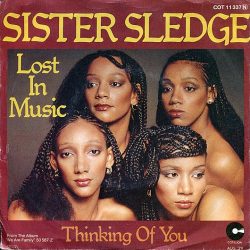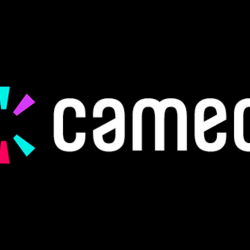When the United States ‘discovered’ electronic dance music in the 2010s, I found the term somewhat confusingly broad. In the 1990s, those of us who enjoyed syncopation were ‘junglists’ and considered house-loving ‘Gatecrasher kids’ a tribal enemy. We dressed differently, there were specific uniforms and brands we favored, and we would consider each other with appropriate disdain at those larger music festivals, like Tribal Gathering, that incorporated both sides. The idea that you could just like and identify as an overall ‘EDM’ fan didn’t make sense to those of us who grew up when there were tribes and endless subdivisions of genres (remember Speed Garage?).

I used to write for Knowledge Magazine (now known as Kmag) and got to report on the drum and bass awards and interview DJs, in exchange for writing for free, of course. Our tribe was, famously, the ‘junglist massive’. Part of what constitutes a tribe is specificity, demarking ‘us’ from ‘them’, and it was holistic. It transcended being a preference for a certain type of music and became an aspect of identity, with associated codes of dress and behaviour.
This was generally the story of youth and subculture since the ‘invention’ of the ‘teenager’, a term that didn’t exist until after WW2, and is generally assumed to be a function of protections that began to keep children in school and out of the workforce for longer and the mass adoption of the automobile, which created a ‘third space’ in which teenagers could do what teenagers do with some semblance of privacy. Hippies, mods, rockers and goths were all clearly identifiable by the dress codes.
The flattening of culture
It has been widely observed that there aren’t really any new tribes anymore, although some still linger, like goths and their EMO offspring. This is usually attributed to the flattening of culture that the internet enables. There’s no need to go crate digging to find white label dubplates because all culture everywhere is in the palm of your hand, and what might become trends or subcultures appear and then vanish at the speed of Twitter. Internet culture has become culture, even more so in the last few years where going out was either inadvisable or undesirable — and it seems to work differently.
Before the feeds, the ‘information superhighway’ was an endless space we used to ‘surf’ around by clicking down rabbit holes for hours. Now the internet is constantly served up to us by algorithms, tailored to whatever the algo thinks will keep us consuming for longer. We don’t know if anyone else is seeing what we are seeing, the technology further atomises us as individuals to maximise engagement, which is perhaps why so many people send each other TikTok videos, or post them on other platforms, to generate a sense of collective awareness.
Trend hunters and advertising agencies pounce on any new fragment of language or style and immediately attempt to leverage them to earn their place in ‘the discourse’. There is currently a debate ongoing about something called the Millennial Pause in online videos, where one pauses for an instant to make sure the recording is working, which the younger Gen Z find hilarious.
Part of being young is rebelling against the older generation. Cohort level analysis is fundamentally different from tribes though. We want to be part of a group and we want to stand out within that group — it is in that tension that tribes used to form. A standard canon of knowledge and an aesthetic, which is personalised so one can signal we are part of something but also bringing something uniquely to it.
Where does one find one’s tribe nowadays?
Or, indeed, are there any? Where are the nooks and crannies of culture? Social media platforms have innumerable virtual subcultures and new platforms spring up that seem entangled with specific ones, as Discord now appears to be with the cryptocurrency/NFT community, though it was once the reserve of gamers. Perhaps those tribes have significant overlap but would you recognise either, or any modern tribe, if you saw them walking down the street? How?
There is a distinct tribe that has developed a specific aesthetic and dress sense that seems to have some longevity – what we call hipsters. When I first moved to New York in 2008, I was asked to moderate a panel about New York culture with four leading editors of the most famous style newsletters of the time. I had just gotten there and had never encountered the term hipster before so my final question was, as a new immigrant, what is a hipster? The answers were interesting in that a big part of being a hipster was to deny that one was a hipster, because hipsters shun labels of that nature. A tribe that abnegates its own existence seems telling.
But, to the question, where do we now find our tribes? A good friend of mine recently told me he no longer uses the dating apps. They haven’t served him well and instead he was going to go to shows that he enjoyed and try to meet people there, based on the premise that they will have a passion in common. Perhaps that’s the answer. You find your tribe if you go and do things in the real world, embracing cultural moments, activities and places that you, personally like in order to find people with shared interests where they gather. And then you have to talk to strangers, instead of arguing with bots online.
Featured image: Human Traffic (1999)































